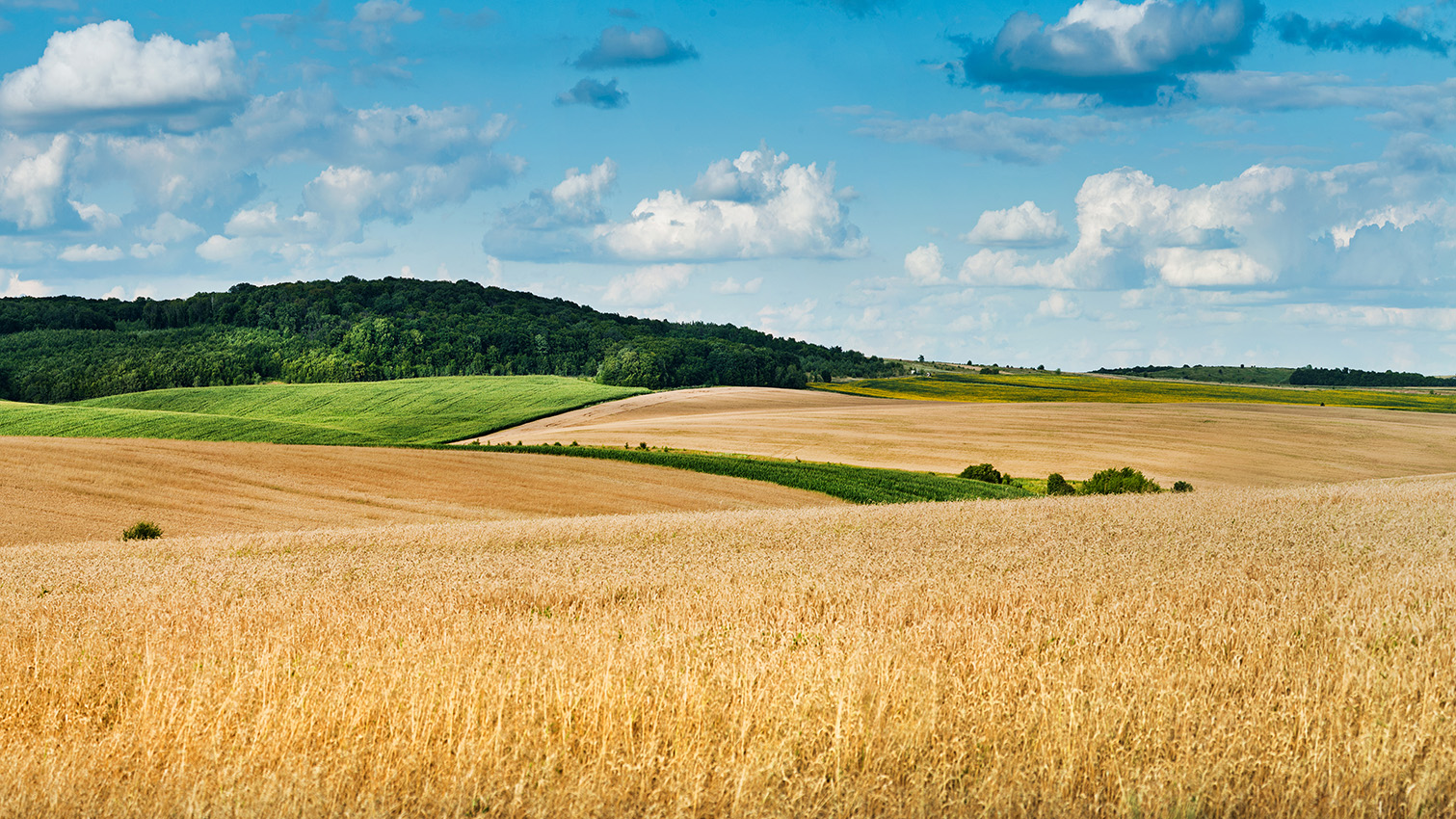PDF Basket
Every minute of every day, satellites, sensors and drones gather huge amounts of data about our planet. However, this wealth of data often does not translate into improved environmental practices.
“The availability of data is not always enough to have a positive impact on land management,” says LANDSUPPORT project coordinator Fabio Terribile, professor of Pedology at the University of Naples Federico II in Italy. “We benefit from good environment policies here in the EU, but it is evident that the state of the environment is worsening in many cases.”
Platform for action
Many sectors, such as agriculture and forestry, not only need access to information, they need robust operational support to ensure that raw data is understandable and can be translated into positive action. This was the starting point of the EU-funded LANDSUPPORT project, which brought together 19 partners from 10 different countries across Europe, the Middle East and Asia.
“We set out to develop a free web-based smart geospatial decision support system,” explains Terribile. “The aim was to provide assistance to a large community of end users to help them carry out more sustainable land planning and land management.”
The project began by bringing together diverse sources of data. This included data from the EU’s Copernicus constellation of satellites, as well as advanced climate models. This complexity is ‘hidden’ behind an attractive graphical interface, with the aim of enabling end users to easily access and work on the platform. Short tutorials on how to use the system were also developed.
On the LANDSUPPORT platform itself, the collected data is processed through the use of models and made accessible and understandable through the development of more than 100 operational tools. There are tools to simulate the management of specific agricultural systems, to assess crop productivity and soil degradation. Variables related to the environment, such as the amounts of pollutants in soils, can be taken into account using current and future climate scenarios.
“The platform also makes it possible to assess resilience to climate change, as well as the socio-economic aspects of land management,” adds Terribile. “The involvement of additional data collection pilot sites in places outside Europe (e.g. Tunisia) enabled us to evaluate our tools in very different physical, socio-economic and cultural contexts.”
Effective decision-making
The LANDSUPPORT platform will remain operational long after the project itself is completed. “If we are to save our soils and our land, then we need to leave these tools as open as possible, and to engage with a large community of users,” says Terribile. “On this point, it was really gratifying to see such interest in the platform from stakeholders. These included public administrators and wine cooperatives. Some members of the Italian Parliament, who after seeing and using the platform, even mentioned it in a soil framework law proposal.”
The LANDSUPPORT platform has also found success in other applications. In Italy alone, users include viticulture farms and associations in Campania, the City of Napoli, a national park in Cilento and several urban planning associations. The platform’s Ecotourism tool, which enables users to take into account the cultural as well as environmental concerns of a given rural region, was used by tour guides. One of those guides subsequently provided the project with data personally collected over years of work, helping to further strengthen the system.
Terribile believes that the platform will go on to help a wide range of users. The New Urban Development tool, for example, allows decision makers across the EU to simulate the environmental impact of soil sealing – covering earth with roads or construction work – in different areas of their community. This will help them to make policy choices that minimise the impact on the environment.
Other tools on the platform include the climate change resilience tool, which enables users in the EU to visualise potential variations of climate indicators, such as rainfall and temperature, over time. Similarly, the Best Farming Practices tool will help agriculturists access data to plan ahead more effectively, optimise valuable resources such as water and reduce their pesticide use. “The platform will be kept alive for many years ahead,” says Terribile. “We are already looking for resources to further expand it.”

